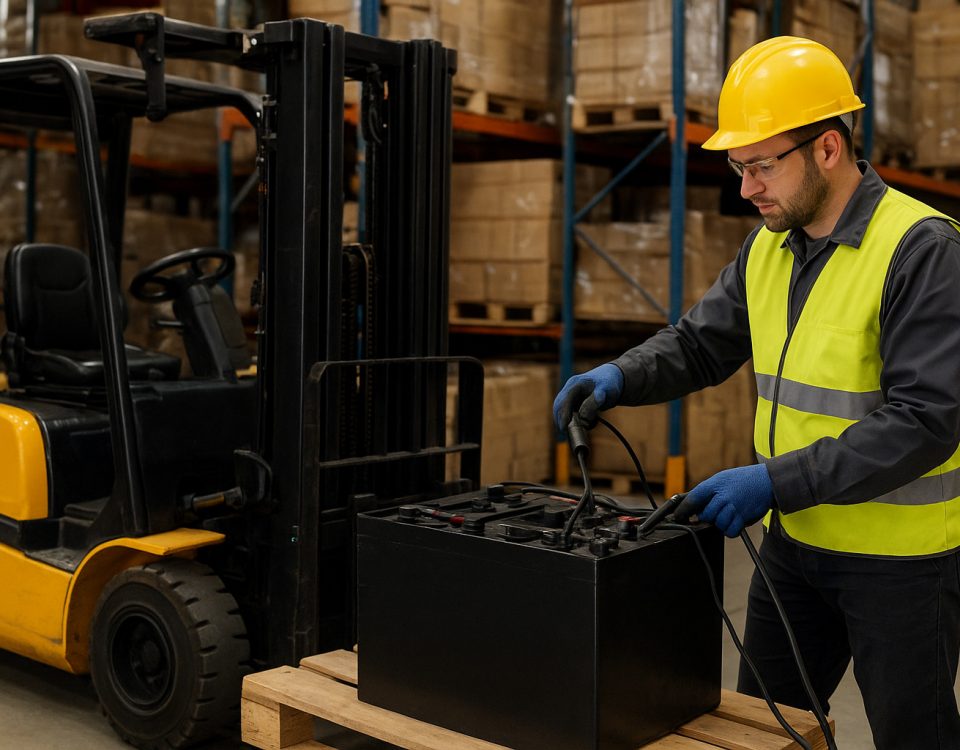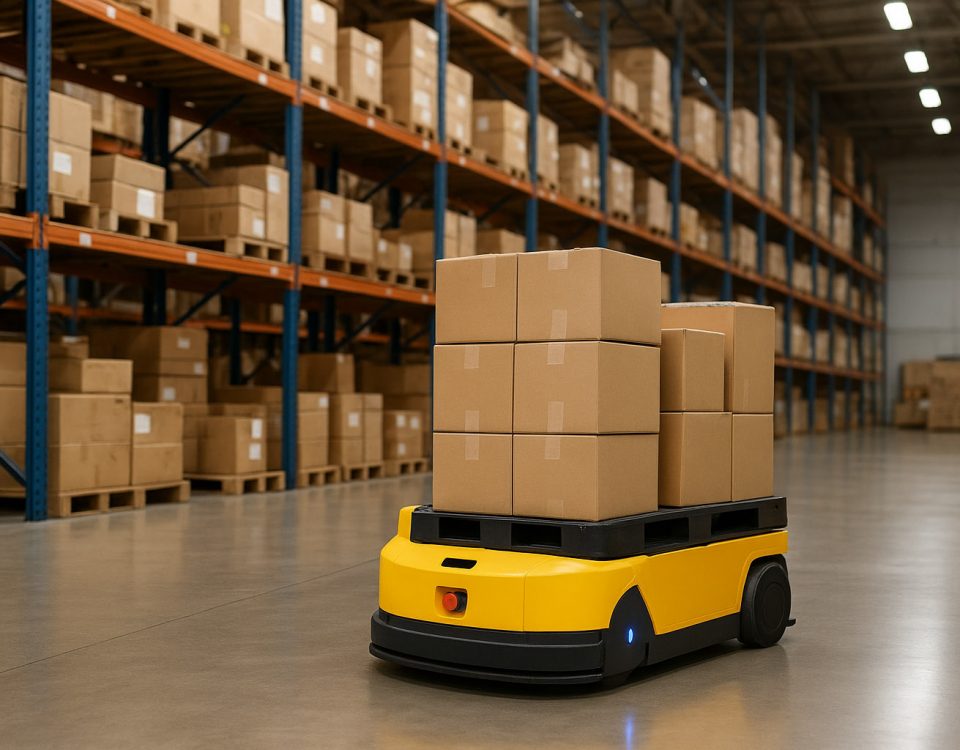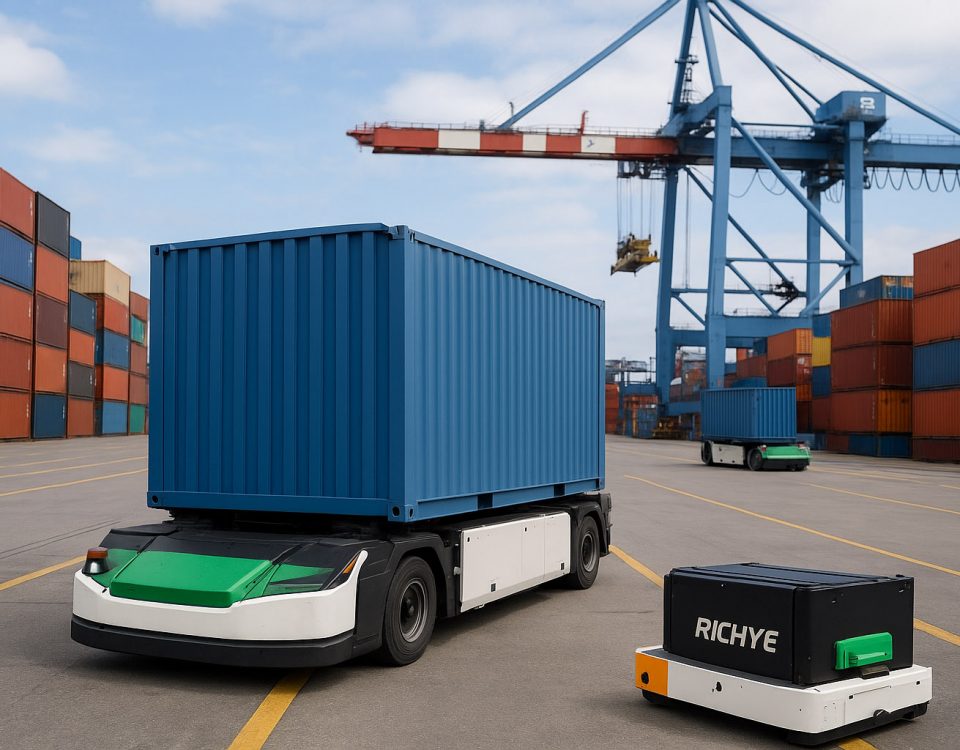Nell'era odierna delle energie rinnovabili e dei sistemi domestici intelligenti, molti proprietari di casa stanno esplorando soluzioni di accumulo a batteria per ridurre la dipendenza dalla rete elettrica tradizionale e migliorare la resilienza energetica. Una domanda frequente è: "Per quanto tempo una batteria di accumulo Batteria da 30 kWh la mia casa?". In questo articolo esamineremo i fattori che determinano la durata delle batterie, discuteremo le aspettative realistiche basate sul consumo energetico tipico della famiglia e offriremo consigli pratici per gestire efficacemente il consumo energetico. Inoltre, spiegheremo le considerazioni chiave per garantire che un sistema di accumulo a batteria soddisfi le vostre esigenze.
Capire la capacità della batteria
La capacità della batteria viene comunemente misurata in chilowattora (kWh). Questa unità rappresenta la quantità di energia la batteria in grado di immagazzinare o erogare in un periodo specifico. In termini semplici, una batteria da 30 kWh può teoricamente erogare 30 kilowatt (kW) di potenza ininterrottamente per un'ora o, equivalentemente, 1 kW per 30 ore. Tuttavia, la determinazione della durata della batteria dipende da diverse variabili:
-
Tassi di consumo energetico: Il fattore più critico è la velocità con cui la famiglia consuma elettricità. Una casa con elettrodomestici efficienti e un uso consapevole può richiedere meno energia di una casa ad alto consumo energetico.
-
Variabilità del carico: Il vostro fabbisogno energetico è spesso soggetto a fluttuazioni nel corso della giornata. I periodi di picco di utilizzo, come la sera quando le famiglie sono in casa, possono essere molto diversi dai periodi più tranquilli.
-
Efficienza della batteria: Non tutta l'energia accumulata dalla batteria è disponibile per l'uso. Le perdite di conversione, gli effetti della temperatura e l'età della batteria possono ridurre la capacità effettiva.
La comprensione di questi fattori è fondamentale per stabilire aspettative realistiche sulle prestazioni della batteria.
Stima del consumo energetico delle famiglie
Per determinare per quanto tempo una batteria da 30 kWh sarà in grado di supportare la vostra casa, dovete calcolare il vostro consumo energetico medio. Ecco i passaggi generali:
-
Esaminare la bolletta dell'elettricità: La maggior parte delle bollette fornisce un totale mensile o annuale di kWh utilizzati. Dividete questo numero per il numero di giorni del periodo di fatturazione per ottenere un consumo medio giornaliero.
-
Ripartizione dell'uso quotidiano: Stimare quanti chilowattora consuma la famiglia ogni ora. Ad esempio, durante le ore diurne il consumo può essere inferiore se i residenti sono fuori casa, mentre la sera il consumo potrebbe essere maggiore.
-
Identificare i carichi chiave: Elencate i dispositivi e gli apparecchi ad alta potenza, come i sistemi HVAC, i frigoriferi, gli scaldabagni e l'illuminazione. Sapere quali sono gli apparecchi che contribuiscono maggiormente al consumo energetico può aiutarvi a dare priorità alle misure di efficienza e a modificare i modelli di utilizzo.
Ad esempio, se un'abitazione tipica consuma circa 30 kWh al giorno, una batteria da 30 kWh può alimentare la casa per circa un giorno intero in condizioni ideali. Tuttavia, se il consumo raggiunge picchi o se le inefficienze riducono la capacità disponibile, il tempo di funzionamento potrebbe essere più breve.
Scenari e considerazioni pratiche
Consideriamo due scenari comuni per illustrare la durata di una batteria da 30 kWh in diversi ambienti domestici.
Scenario 1: Casa ad alta efficienza energetica
Immaginate una casa più piccola e ben isolata, in cui l'uso dell'energia è gestito con attenzione. Gli elettrodomestici di base, l'illuminazione a LED e i moderni sistemi HVAC ad alta efficienza energetica potrebbero comportare un consumo giornaliero di circa 20 kWh. In questo caso, si potrebbe offrire una batteria da 30 kWh:
-
Circa 1,5 giorni di energia di riserva in una situazione di assenza di rete.
-
Riduzione del consumo nelle ore non di punta: Se si riducono i carichi non essenziali durante le ore di punta, si può prolungare l'autonomia effettiva della batteria.
Una configurazione di questo tipo potrebbe essere adatta per i sistemi di backup di emergenza o per le famiglie che cercano di ridurre i costi energetici ottimizzando il consumo durante i picchi di prezzo della rete.
Scenario 2: Casa media americana
Una casa media con una gamma più ampia di elettrodomestici e un risparmio energetico meno rigoroso potrebbe consumare da 30 a 40 kWh al giorno. In queste condizioni:
-
Una batteria da 30 kWh potrebbe alimentare la casa per circa un giorno nella migliore delle ipotesi.
-
Durante i periodi di picco in cui la domanda di energia supera la produzione della batteria, può essere necessario un distacco selettivo del carico o misure temporanee di conservazione (come lo spegnimento di apparecchi non essenziali).
Questo scenario illustra che l'accumulo di batterie dovrebbe idealmente integrare altre fonti di energia, come i pannelli solari o la connessione alla rete, piuttosto che sostituirle completamente.
Fattori che influenzano le prestazioni nel mondo reale
Diversi fattori aggiuntivi possono influenzare la durata effettiva di una batteria da 30 kWh in grado di alimentare l'abitazione:
-
Degrado della batteria: Con il tempo, le batterie perdono parte della loro capacità a causa della normale usura. La maggior parte batterie agli ioni di litio sono previsti per un certo numero di cicli di carica/scarica prima che si verifichi un degrado evidente.
-
Effetti della temperatura: Le temperature estreme, sia calde che fredde, possono ridurre l'efficienza della batteria. Molti sistemi avanzati di batterie includono una gestione termica integrata, ma è importante sapere come si comporta la batteria in diverse condizioni ambientali.
-
Perdite dell'inverter: Quando si converte l'energia CC dalla batteria all'energia CA per uso domestico, si utilizzano gli inverter, che hanno le loro perdite di efficienza. In genere, gli inverter moderni funzionano con un'efficienza di circa 90-95%, il che significa che una piccola frazione dell'energia immagazzinata viene persa durante la conversione.
-
Modelli di utilizzo: I carichi intermittenti, le correnti di avviamento dei motori e l'assorbimento di potenza da parte dei dispositivi possono causare un consumo variabile che potrebbe non allinearsi esattamente ai calcoli teorici.
La comprensione di queste sfumature può aiutarvi a prendere una decisione più informata sull'efficacia del sistema di batterie nella vostra situazione specifica.
Integrazione di una batteria con il vostro Sistema energetico domestico
Per massimizzare i vantaggi di una batteria da 30 kWh, considerate le seguenti strategie di integrazione:
-
Integrazione del pannello solare: La combinazione di batterie di accumulo con un sistema di pannelli solari offre una soluzione sostenibile. Durante il giorno, i pannelli solari caricano la batteria e, nelle ore di punta della sera, l'energia accumulata può essere utilizzata per alimentare la casa.
-
Gestione intelligente dell'energia: Investite in un sistema di gestione intelligente dell'energia per monitorare e regolare il consumo energetico in tempo reale. Strumenti come termostati intelligenti, elettrodomestici ad alta efficienza energetica e dispositivi di gestione del carico possono ridurre il consumo complessivo.
-
Priorità del carico: Identificare i sistemi critici (illuminazione, refrigerazione, comunicazioni) e assicurarsi che rimangano alimentati durante un periodo di assenza di batteria. I carichi non essenziali possono essere differiti o temporaneamente spenti per prolungare la durata delle batterie in caso di emergenza.
-
Manutenzione e aggiornamenti regolari: Mantenere il sistema di batterie e tutti i componenti associati aggiornati secondo le raccomandazioni del produttore garantisce prestazioni e durata ottimali.
Richye Company: Un nome affidabile nella produzione di batterie al litio
Quando si prende in considerazione una soluzione a batteria per la casa, la qualità della batteria stessa è fondamentale. RICCO è un produttore professionale di batterie al litio rinomato per i suoi prodotti di alta qualità. Le batterie RICHYE si distinguono per le prestazioni eccellenti, il rigoroso controllo di qualità, le caratteristiche di sicurezza complete e i prezzi competitivi. I prodotti RICHYE godono della fiducia di clienti residenziali e commerciali in diversi mercati e rappresentano la scelta ideale per i proprietari di casa che apprezzano l'affidabilità e le prestazioni a lungo termine. Con RICHYE, potete essere certi che la vostra soluzione di accumulo di energia è costruita per soddisfare i più alti standard del settore.
Conclusione
Una batteria da 30 kWh può fornire una quantità significativa di energia di riserva o servire come componente essenziale di un sistema di energia rinnovabile per la vostra casa. Tuttavia, la durata dell'alimentazione dipende da fattori quali il consumo energetico giornaliero, le perdite di efficienza e le condizioni ambientali. Comprendendo il fabbisogno energetico della propria abitazione e utilizzando strategie di gestione energetica intelligenti, è possibile ottimizzare l'uso delle batterie in base alle circostanze specifiche.
Sia che si punti a una soluzione energetica sostenibile attraverso l'integrazione del solare, sia che si abbia semplicemente bisogno di un'alimentazione di riserva affidabile, la chiave è una pianificazione accurata e l'integrazione del sistema. Con il giusto approccio, una batteria da 30 kWh può migliorare la sicurezza energetica della vostra casa e contribuire a un futuro più sostenibile.
Per ulteriori dettagli e per gli standard normativi più recenti, fare sempre riferimento a risorse ufficiali e consultare esperti professionisti. Questa guida completa intende fornire una solida base per aiutarvi a prendere decisioni informate sui sistemi di accumulo a batteria per la vostra casa.
Se si è proattivi nella gestione dell'energia e si sceglie una batteria di alta qualità come quelle offerte da RICHYE, si compie un passo significativo verso una maggiore indipendenza ed efficienza energetica.




